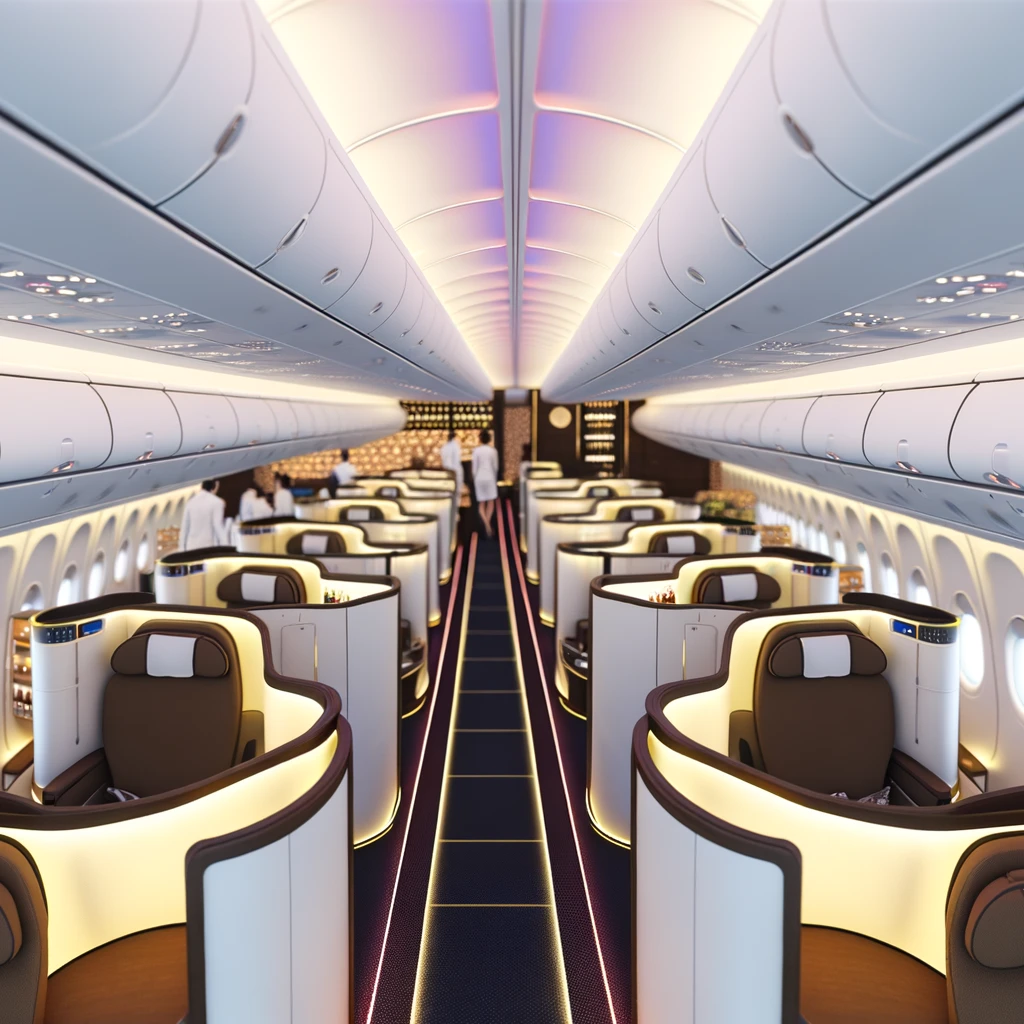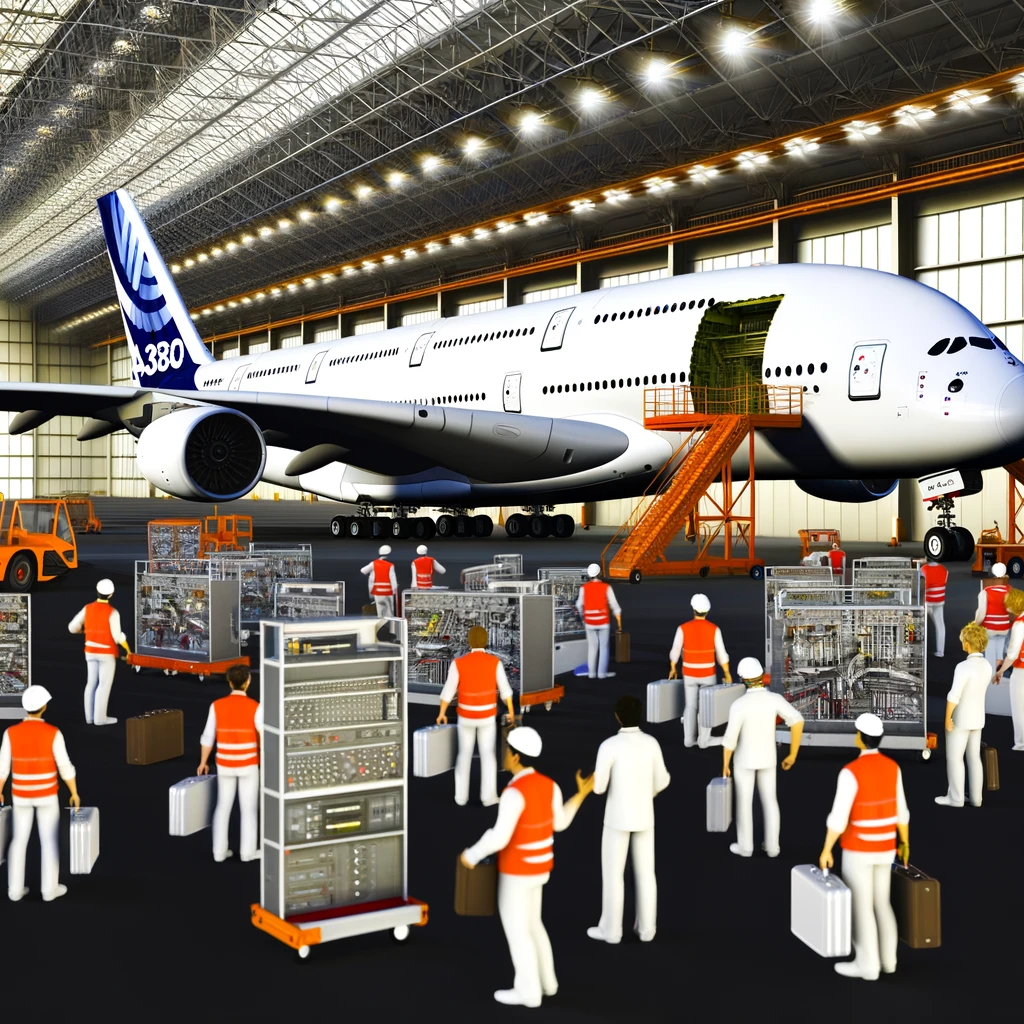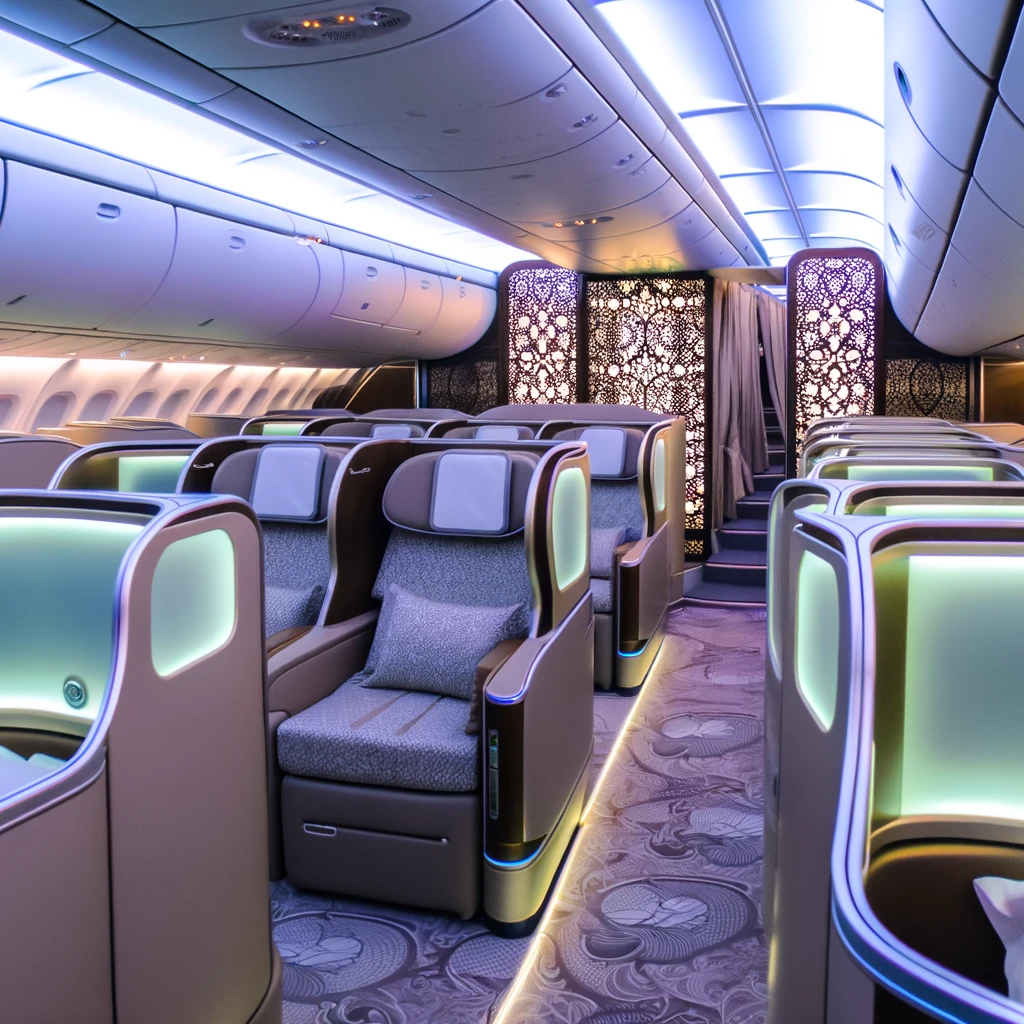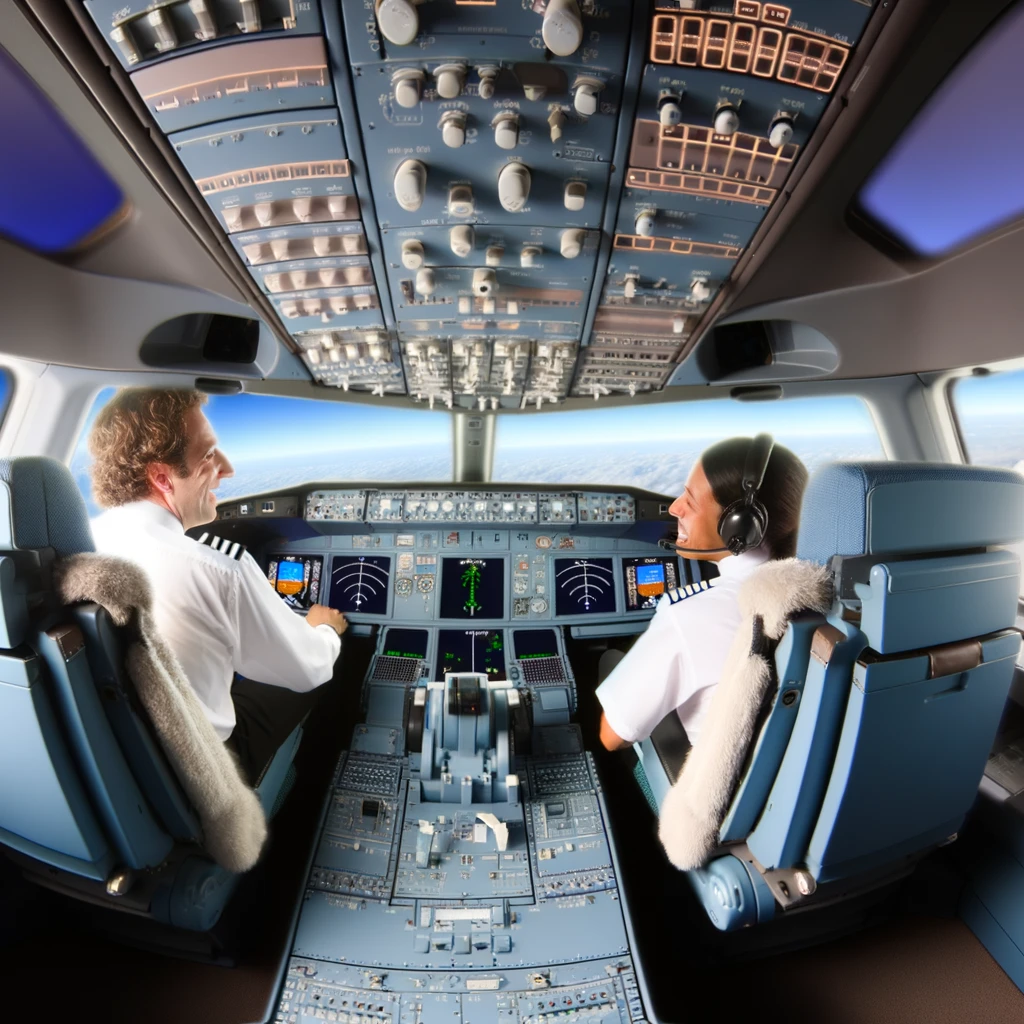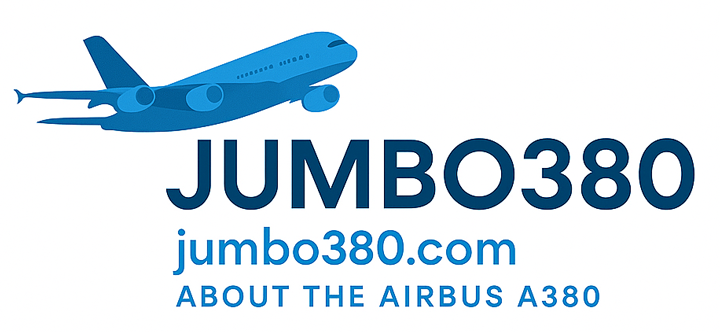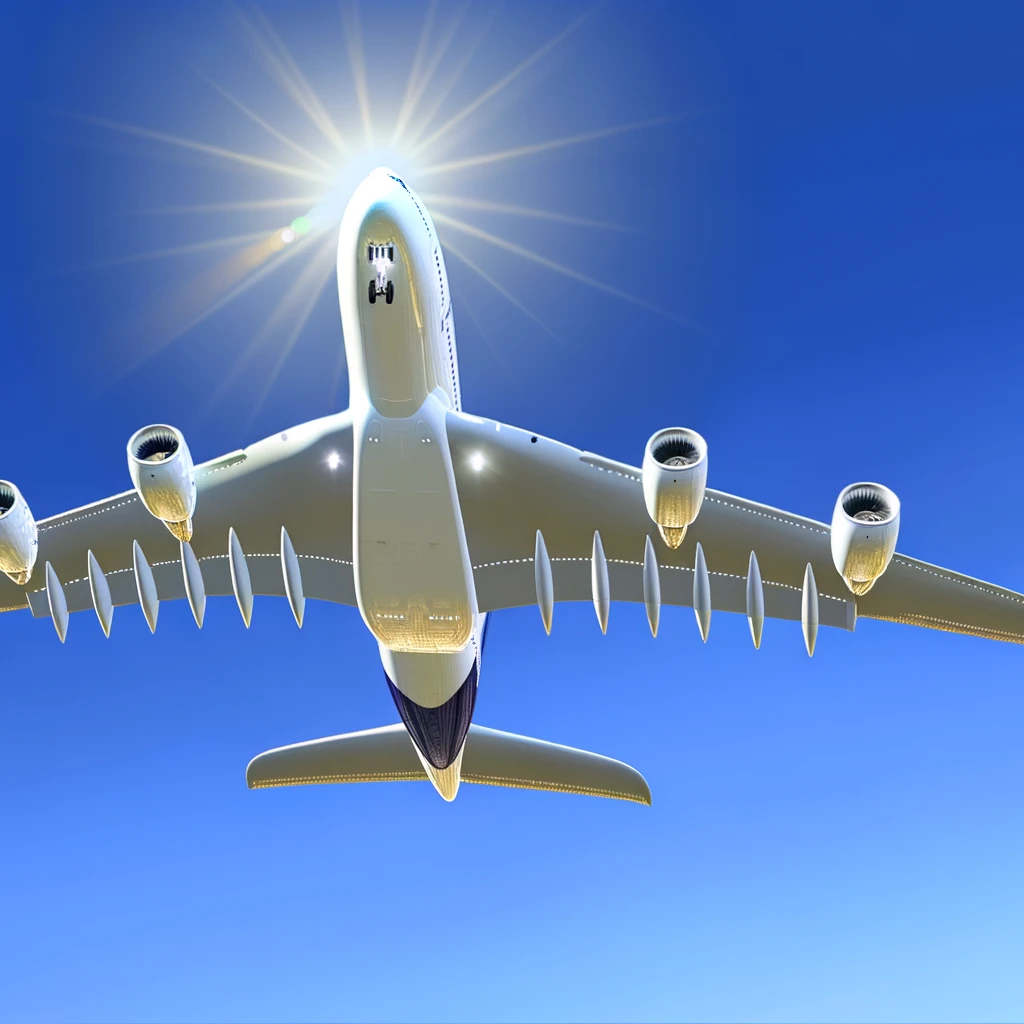
Introduction to the Airbus A380
The Airbus A380 stands as a testament to human ingenuity and ambition. As the largest passenger aircraft ever constructed, it has redefined the boundaries of air travel. However, creating such a colossal machine came with its own set of challenges that pushed the limits of modern engineering and logistics.
The Vision Behind the Airbus A380
Conceived to revolutionize air travel, the Airbus A380 was designed to accommodate more passengers than any other aircraft. Its development was driven by the need to address airport congestion and meet growing demands for long-haul flights.
Design and Engineering Challenges
Building the A380 required new approaches in aerodynamics, materials, and manufacturing. The aircraft's wingspan measures a staggering 79.75 meters, necessitating the use of advanced composite materials to maintain structural integrity while reducing weight.
The double-deck configuration posed additional design challenges. Engineers had to ensure that the plane's fuselage could withstand the increased stress of carrying more passengers and cargo. Moreover, the integration of advanced avionics systems was crucial for navigating the massive aircraft safely.
Logistical Hurdles
The construction of the A380 involved a global supply chain with parts manufactured across different continents. Transporting these oversized components required specialized ships, trucks, and even the construction of new infrastructure in some regions.
The final assembly took place in Toulouse, France, where the parts were meticulously brought together to form the complete aircraft. This complex logistical operation required precise coordination and timing to ensure that all components arrived in perfect condition.
Overcoming Economic and Commercial Barriers
Beyond engineering and logistics, the A380 project faced economic and commercial challenges. The high cost of production and the need for extensive airport modifications to accommodate the aircraft were significant factors. Many airports had to upgrade their facilities, including runway extensions and terminal modifications, to handle the A380's size.
Market Challenges
Despite its impressive capabilities, the A380 struggled with gaining a foothold in the market. Airlines were hesitant to invest in such a large aircraft amidst fluctuating fuel prices and evolving travel patterns. The rise of more fuel-efficient, smaller aircraft also posed a threat to the A380's market viability.
The Legacy of the Airbus A380
Although Airbus announced the end of A380 production in 2021, the aircraft's legacy endures. It remains a beloved symbol of luxury and engineering excellence among aviation enthusiasts and travelers alike. The lessons learned from the A380 project continue to influence future aircraft design and development.
While the A380 may not have achieved the commercial success originally envisioned, it has undoubtedly left a mark on the aviation industry, showcasing what is possible when ambition meets innovation.
Conclusion
The Airbus A380 is more than just an aircraft; it is an icon of modern aviation. The challenges faced and overcome during its development highlight the intricate balance between ambition and practicality in the world of aerospace engineering. As we look to the future, the A380's story will serve as a guide and inspiration for new generations of aircraft designers and engineers.
Related Articles
